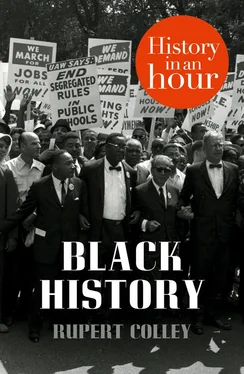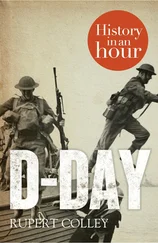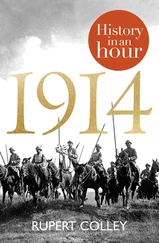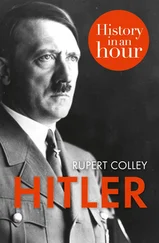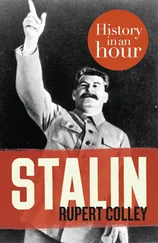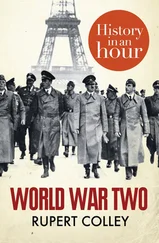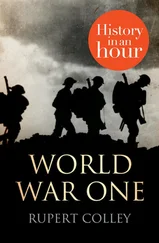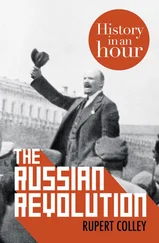In 1775, the thirteen North American colonies broke away from British rule and, following the American Revolution, became the United States of America. Blacks had served on the American side against the British, fighting alongside white soldiers at several battles. Crispus Attucks, a former slave, had died a martyr’s death in 1770, shot by the British whilst fighting in Boston for American independence.
But the recruitment of black slaves to the American cause was abruptly stopped when George Washington took command in 1775. The British, however, promised every slave their freedom if they came over to the British – or Loyalist – side. When America won the war and demanded the return of the ‘Black Loyalists’, the British refused and helped some 4,000 escape abroad, many to Nova Scotia or to London.
Thomas Jefferson, in the draft Declaration of Independence, wanted to speak out against slavery, the ‘peculiar institution’ as it was called, but it would have isolated the Southern states and weakened the Union from the outset. Unity was more important than the freedom of the slaves and the anti-slavery clause was quietly dropped.
Fourteen years after independence, the United States conducted its first national census and found that 757,363, or 19 per cent of the total population, were black. Of these, 697,897, or 92 per cent, were slaves, and 94 per cent of those slaves lived in the Southern states.
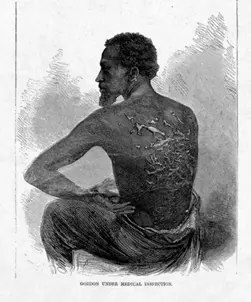
A whipped slave, 1863 Illustration from Harper’s Weekly
The slave was considered property. They had no civil rights, no rights in the judicial system, no access to education, no say in where or how they lived or worked; they were at the total mercy of their owner. The slave had no more rights than a mule. If an owner whipped or raped a slave, the slave had no recourse to complaint, nor any route to justice.
Slavery existed in all thirteen Southern states, but amongst the Northern states a strong anti-slavery voice arose, led, in the main, by the Quakers, whose opposition was based on moral and religious grounds. In 1780, Pennsylvania, with its strong Quaker influence, became the first state to abolish slavery within its borders, although Vermont, at the time a territory, had abolished slavery three years previously. Massachusetts, North Hampshire, Connecticut, Rhode Island, New York and New Jersey followed suit. By 1804, slavery had been banned in every Northern state. By 1810, there were over 185,000 free African-Americans in the US, virtually all in the North.
The country, barely a quarter of a century old, was firmly split between the North and the South.
Конец ознакомительного фрагмента.
Текст предоставлен ООО «ЛитРес».
Прочитайте эту книгу целиком, купив полную легальную версию на ЛитРес.
Безопасно оплатить книгу можно банковской картой Visa, MasterCard, Maestro, со счета мобильного телефона, с платежного терминала, в салоне МТС или Связной, через PayPal, WebMoney, Яндекс.Деньги, QIWI Кошелек, бонусными картами или другим удобным Вам способом.
